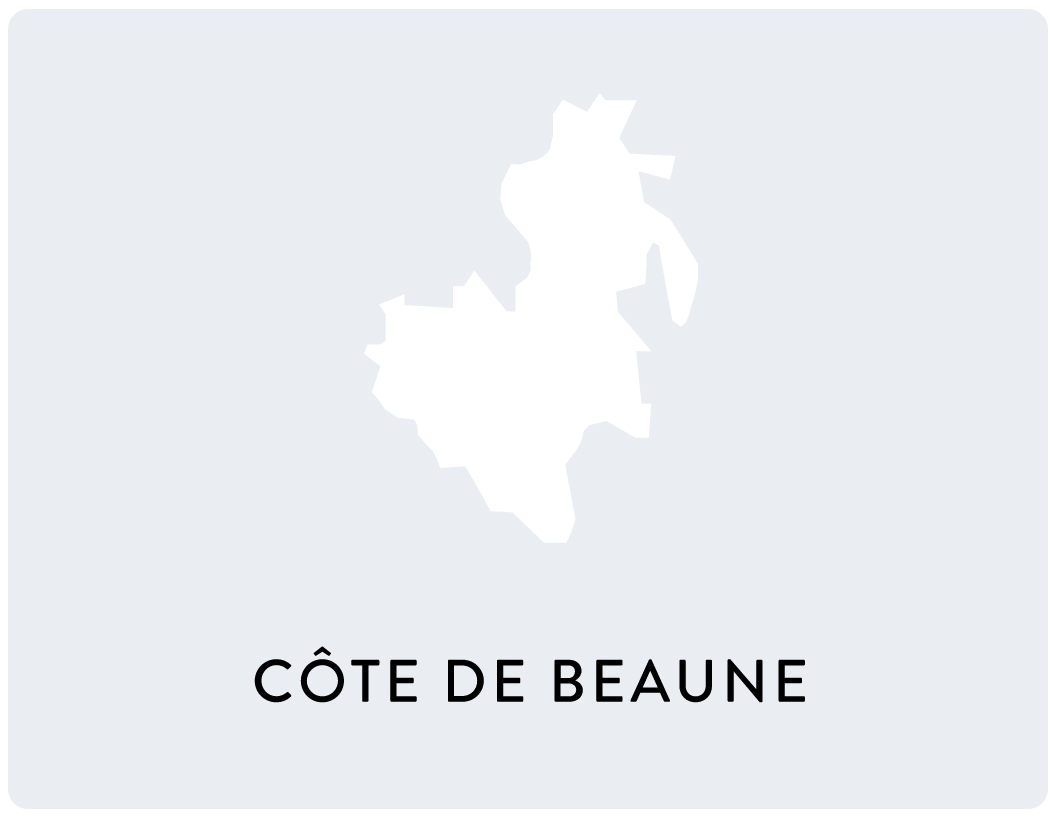RATING ⭐⭐⭐⭐⭐ - DELIVERY BY UPS
Le Petit Chablis is part of the Chablis vineyard, in the Yonne department (89), with an area of 782.71 hectares, on either side of the Serein valley.
The vines of Chablis and Grand Auxerrois benefit from a semi-continental climate. In summer, the sun is present with strong heat. Unlike long and harsh winters.
Chablis is the land of choice for Chardonnay, it is made up of Kimmeridgian and limestone soil with fossilized Jurassic shells. In the Mâconnais mainly limestone soil.
From the 12th century, the monastic vineyards developed thanks to the Benedictines of Auxerre and Vézelay and the Cistercians in Chablis.
Le Petit Chablis is a controlled appellation of origin, created in 1944, she dreams of being called Chablis Villages or Côte de Chablis, which she has been refused to date. This appellation can be produced in all the communes of the Chablis vineyard.
In Burgundy, it is the plots of vines that are demarcated into appellation areas. It is therefore a geographical principle which dominates first. Thus, over time, a classification was created by geographical origin on "3 levels" of the AOC.
1/ The regional appellations (red Burgundy, white Burgundy, Burgundy Côte d'Auxerre ...)
2/ Petit Chablis and Chablis, village appellations and Chablis Premier Cru, village appellation Premier Cru
3/ Chablis Grand Cru, the third level of appellation (Blanchot, Bougros, Les Clos, Grenouilles, Les Preuses, Valmur and Vaudésir)
Petit Chablis and Chablis are therefore both Village-level appellations.
The Chablis vineyard is located on the outskirts of the vineyard or on the plateaus, outside the limits of the more prestigious AOCs such as Chablis and Chablis Grand Cru. For the most part, the vines are located between 230 and 280 meters above sea level and are of varied exposure.
The subsoil is made up of Tithonian limestones (the old Portlandian) for the plateaus and Kimmeridgian marl for the hillsides.
1. Tithonian limestones are mainly found on the appellation plateaus. It is a slightly calcareous, marly soil and does not contain fossils. It produces wines with more fruity characters and little minerality. The Petit Chablis is most often found there.
2.The Kimmeridgian marls are mainly found in the south-eastern sector of the appellation and go back to the village of Chablis. This soil has very compact layers of limestone as well as clayey marls containing an abundance of fossilized marine organisms, in this case tiny oysters (exogyra virgula). These marine sediments brought in by the sea 150 million years ago give us the typicity of Chablis wines.
What winegrowers fear are hoar frosts and ice frosts in spring or hailstorms in summer, which can lead to loss of important crops. In order to fight the frost, the winegrowers warm the vines by all kinds of means such as candles.
Petit Chablis exists only in white wine, made from the Chardonnay grape (locally called Beaunois).
During the harvest, these grapes are recognized by their small, cylindrical, irregular size, golden yellow in color. The sugar contents of the berries can reach high levels while maintaining a high acidity, which allows to obtain particularly well balanced, powerful and ample wines with a lot of fat and volume.
Petit Chablis offers a pale gold color, brilliant with greenish reflections, its nose is open even when young, and evokes aromas of flowers, citrus, slightly iodized with a sensation of minerality (flint, flint). On the palate, we will find a lively wine with very good acidity and a good length, a wine with a lot of elegance and finesse.
The Petits Chablis are very pleasant to enjoy as an aperitif with seafood, goat cheese, or even Burgundy snails, a nod to the region.
They are wines for pleasure with an excellent value for money. Their ideal serving temperature as an aperitif is 8 ° C and 9 to 10 ° C during the meal. Petit Chablis is easily tasted in the year following the harvest.

Petit-Chablis reveals a nose with aromas of citrus and flowers, light and pleasant.

The wines of Chablis are of remarkable finesse and great minerality.

This appellation offers red wines with fruity aromas with fine tannins.

An expressive white wine, well balanced, fruity and a frank attack.








